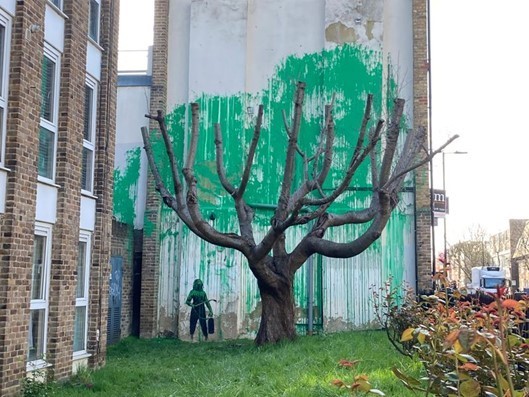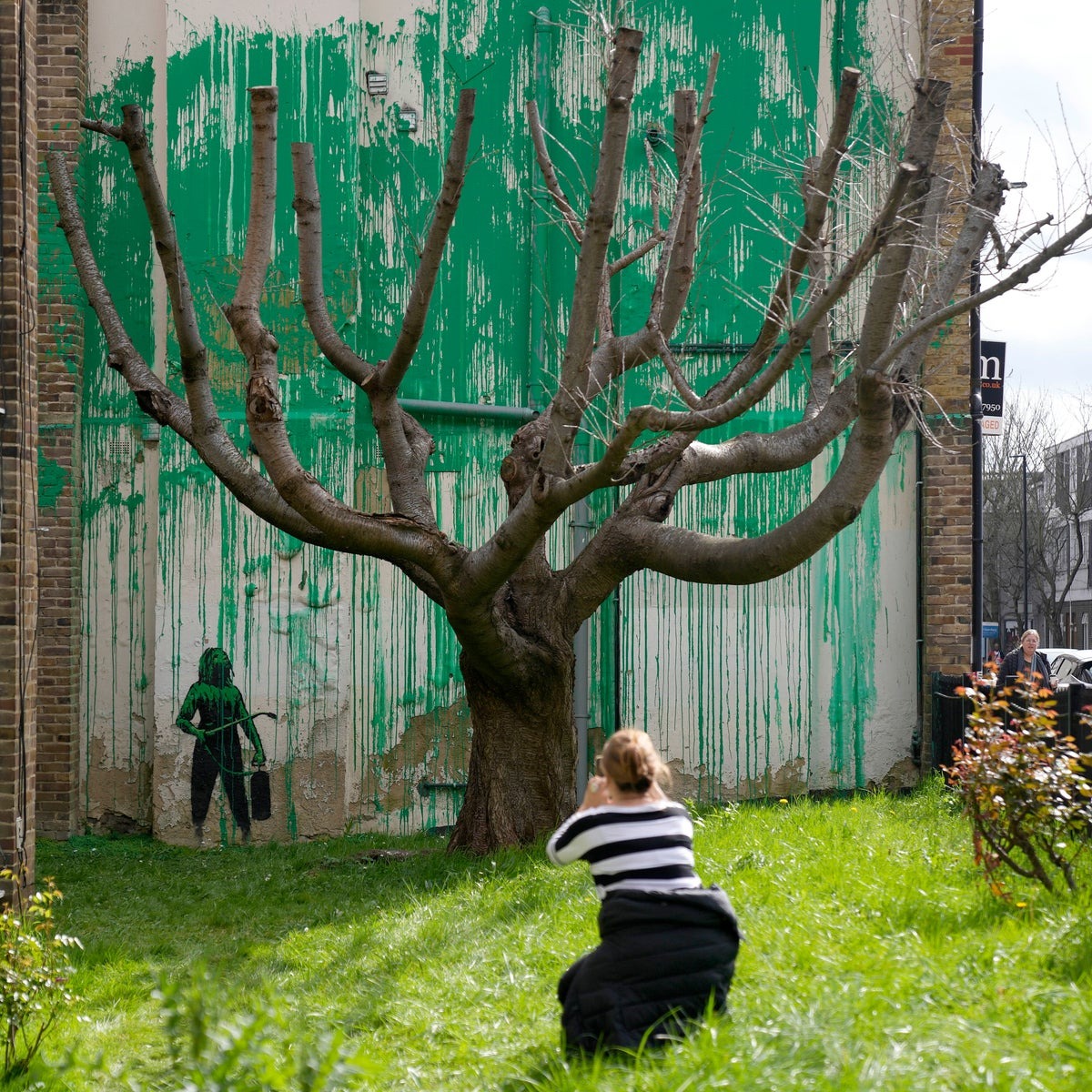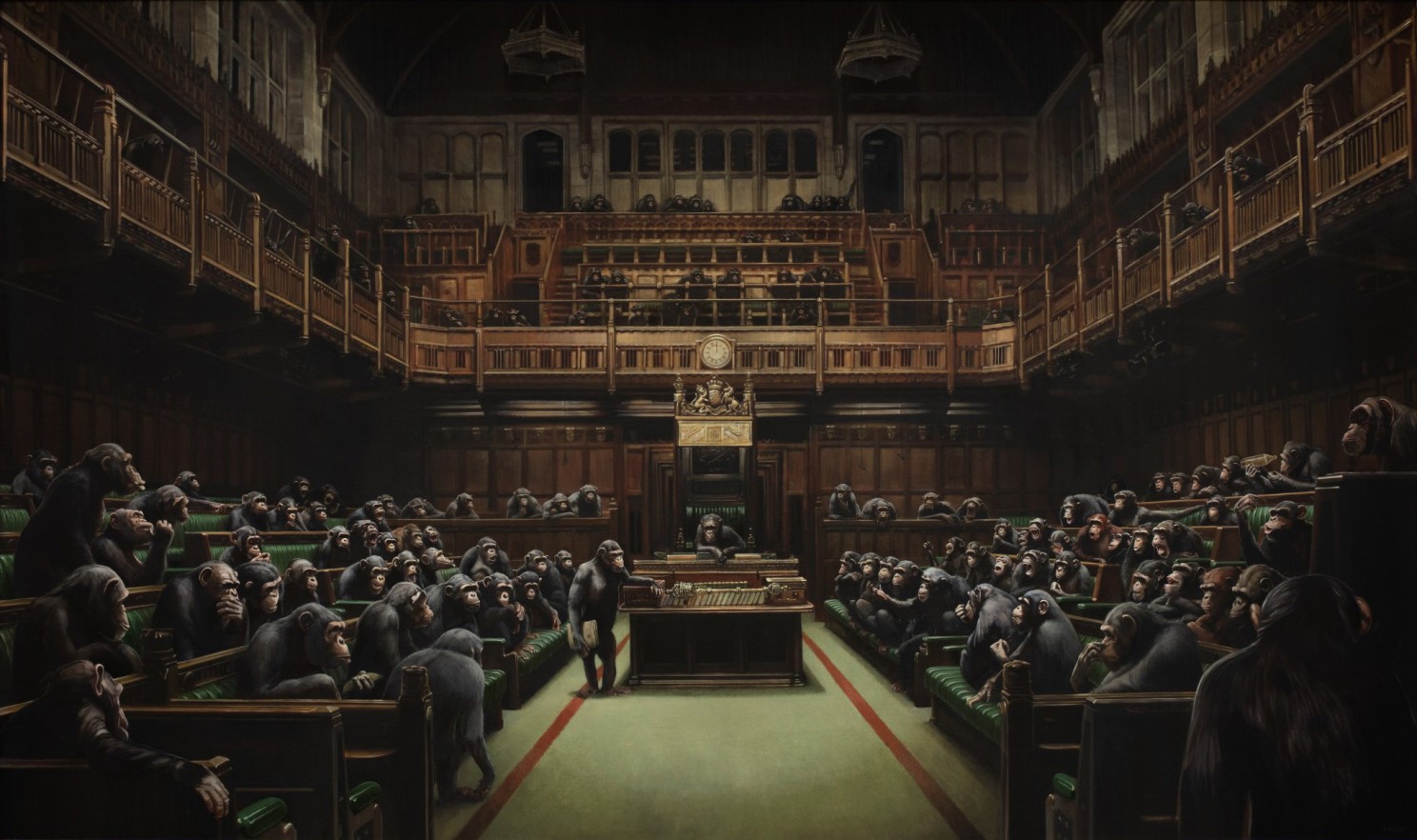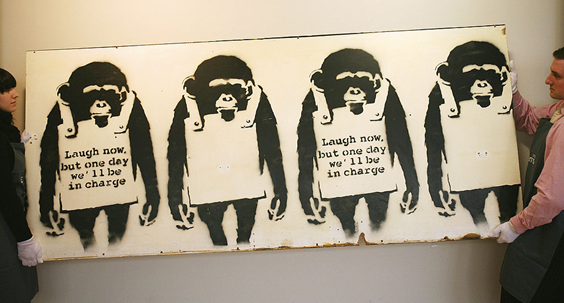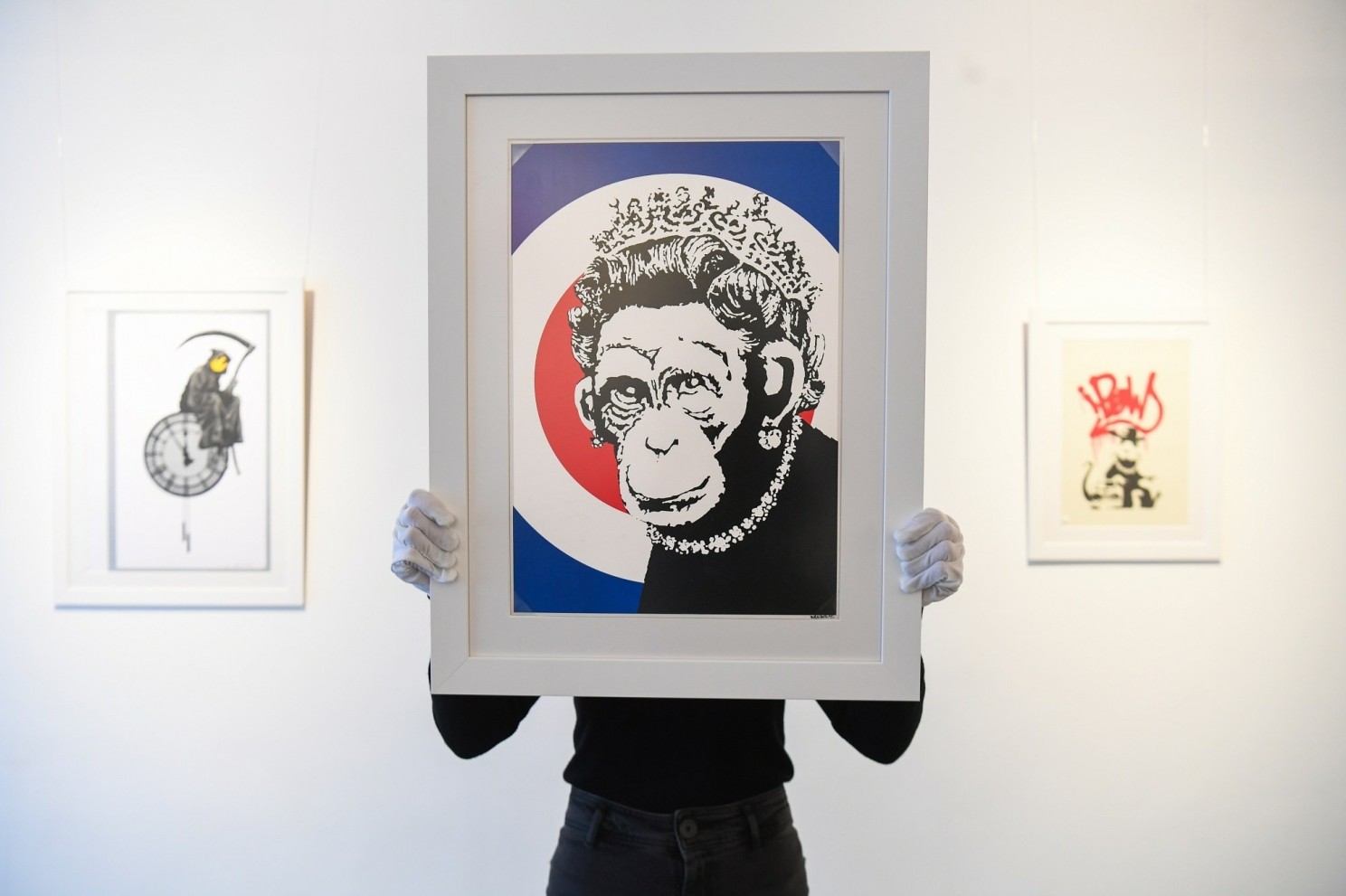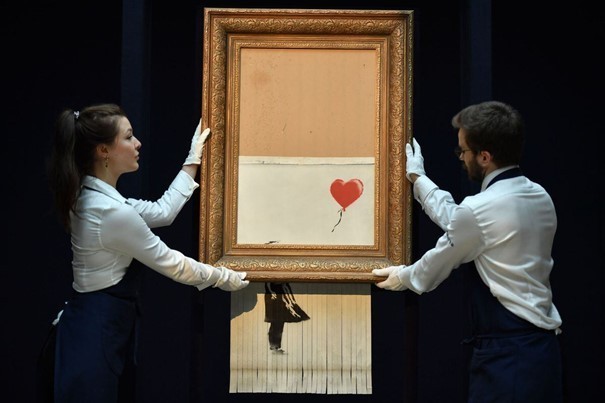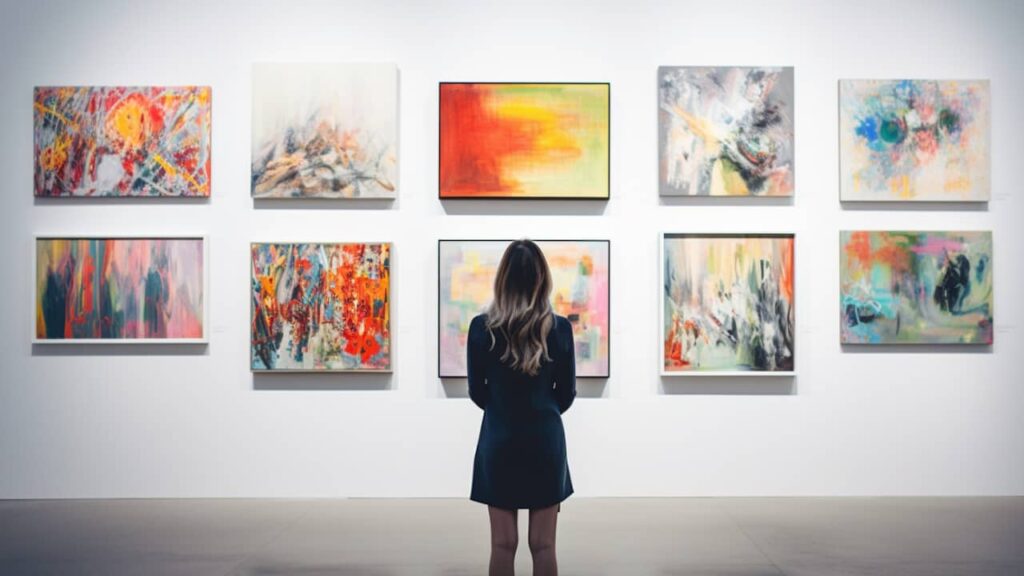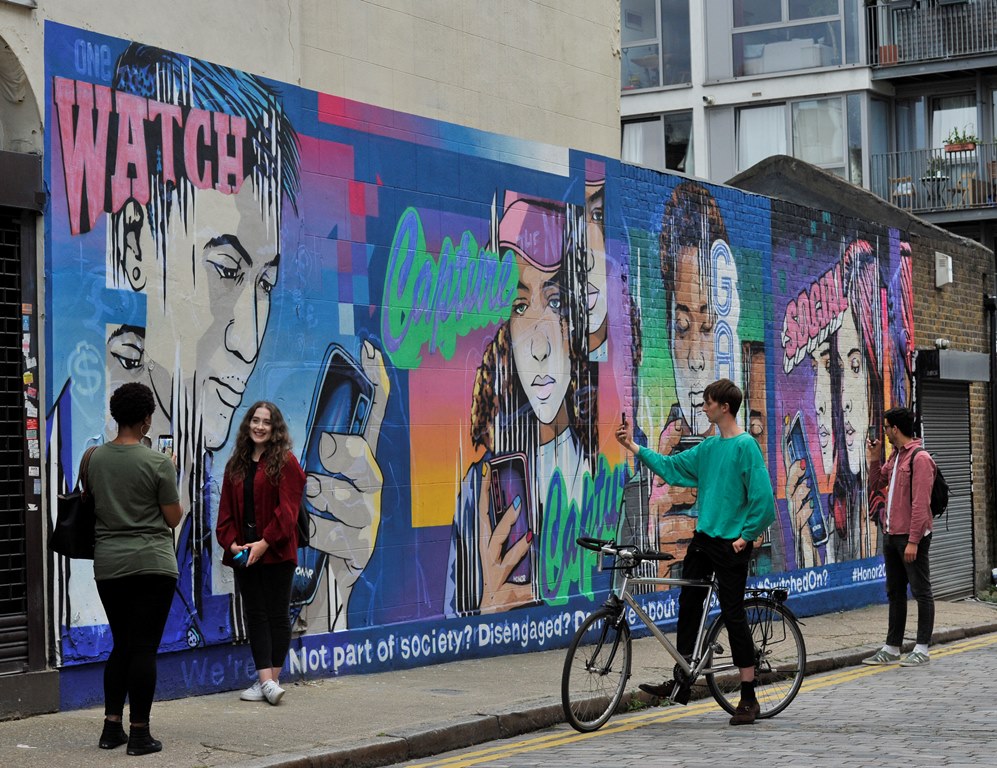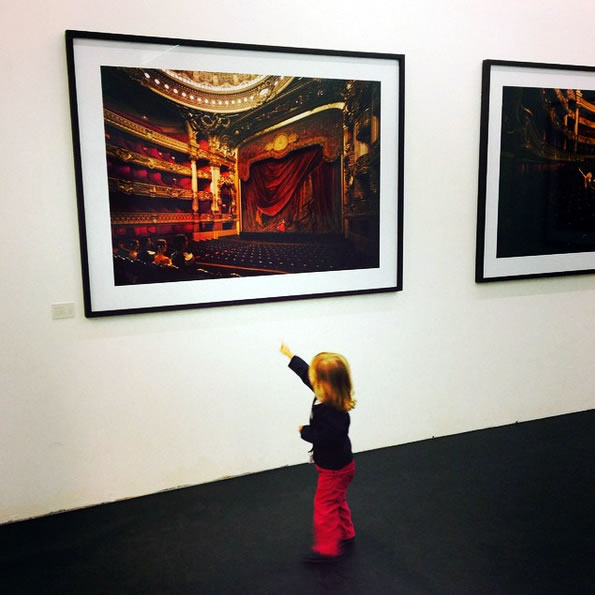
04th december 2024, by Patrick DENNY, art advisor & art dealer
🎨 When art meets audacity, this is what happens: Justin Sun, a Sino-American entrepreneur and founder of Tron (crypto), purchased a work of art for nearly $6 million… a banana duct-taped to a wall!!!! 🍌
🎨➡️🍽 And what did he do? He ate it, in front of fascinated journalists and influencers during the auction in Hong Kong!
✨ Titled “Comedian”, this work by Maurizio Cattelan – produced in three versions since its debut at Art Basel in Miami in 2019 – challenges the value of art (and apparently bananas too).
For Justin Sun, it’s an iconic piece of conceptual art. He even declared: “It’s way better than any other banana.” 🤯
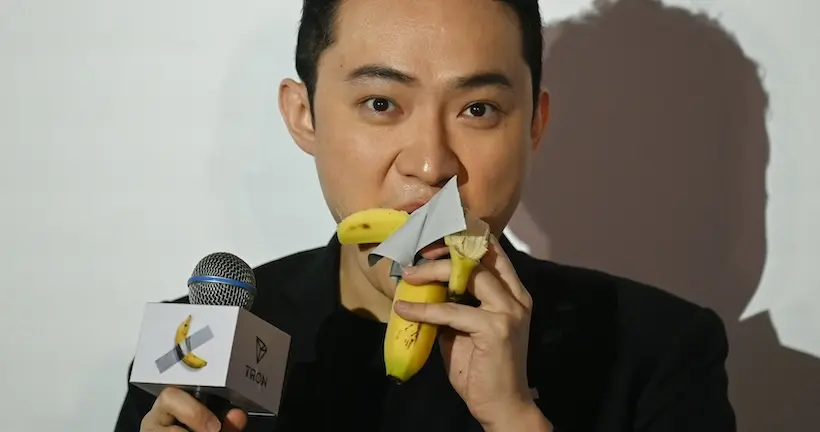
So, what should we think of this? 🤔
- A banana with a stratospheric $6M price tag?
- A brilliant world-wide Public Relation stunt for ridiculous money?
- A provocative stroke of genius?
- A symbol questioning the value of things?
- A reminder of life’s fleeting nature?
- Or just a big scam?
No matter what, this artwork fulfilled its mission: it got people talking, sparked debate, and challenged perceptions.
This banana isn’t just a banana. It’s a mirror reflecting our values, our beliefs, and the quirks of the contemporary art market. So, is it genius or nonsense? Probably both. 🍌
And you? What’s your take on the most expensive banana in history?
#ConceptualArt #MaurizioCattelan #BananaArt 🍌
👨🎨 My name is Patrick DENNY, art gallery owner and art collector. I demystify this fascinating universe for you and help you make the right choices!
If you enjoyed this article, please like, ask questions, and tell me in the comments which topics you would like me to address! ✨
My name is Patrick DENNY, and I've been a gallery owner and art collector for over 20 years. I'd like to share my knowledge with you to demystify this fascinating world and, above all, help you make the right choices!
#ContemporaryArt #DiscoverArt #Artadvisory #InvestInArt

